As the owner of RJ’s Peppers, I am proud to be part of the hot sauce industry. Hot sauce has become a staple in many kitchens around the world. But have you ever wondered how it has evolved into the popular condiment we know today?
Hot sauce has a rich history that spans thousands of years and multiple cultures. From its early origins in ancient civilizations to its modern-day popularity, hot sauce has come a long way. In this post, we’ll explore the fascinating history of hot sauce and its evolution throughout the centuries.
The Origin of Hot Peppers: A Look Back in Time

Hot sauce, as we know it today, is made from chilli peppers, which are native to Central and South America. The history of chilli peppers goes back thousands of years with evidence of their use dating back to ancient civilizations like the Mayans and Aztecs. These cultures used chilli peppers to add flavour and heat to their dishes. The Aztecs even believed that chilli peppers had medicinal properties and used them to treat various ailments.
The Spread of Hot Sauce Across the Globe
Christopher Columbus is often credited with introducing the chilli pepper to Europe. During his voyages to the New World, Columbus encountered a wide variety of new and exotic foods, including the chilli. He was so taken with the spicy flavour of the peppers that he brought them back to Spain and introduced them to Europe.
Initially, the chilli pepper was not widely accepted in Europe. Many people were afraid to try the fiery new ingredient, and some even believed that it was poisonous. However, over time, the chilli pepper began to gain popularity. It eventually became a staple ingredient in many European cuisines.
As the chilli pepper spread across the globe, hot sauce evolved in different regions based on local preferences and ingredients. The Portuguese also played a role in the spread of hot sauce, bringing chilli peppers to their colonies in Africa and Asia.
Hot Sauce in the 20th Century
The 20th century saw a significant rise in the popularity of hot sauce, particularly in the United States. While hot sauce had been a part of global cuisine for centuries, it was during this time that it began to gain a wider audience and become a mainstream condiment in many households.
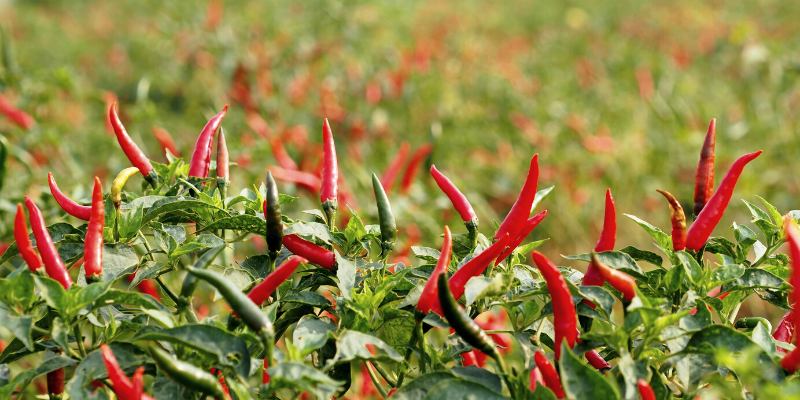
One of the key factors in the rise of hot sauce was the increasing availability of different types of chillies. With the advent of modern transportation, it became easier to import peppers from around the world. Advancements in farming techniques meant farmers could grow them locally as well. This led to a wider variety of hot peppers being available in supermarkets and farmers’ markets. In turn, this led to an increase in the availability and variety of hot sauces.
Another factor was the growth of the restaurant industry in the United States. As restaurants began to offer more diverse and international cuisines, hot sauce became a common condiment on tables. Many cuisines, such as Mexican, Thai, and Indian, use hot sauce or chilli paste as a key ingredient, and as these foods became more popular, so did the condiment.
The development of new brands and flavours was a driving force behind the rise of hot sauce popularity. In the early 1900s, brands like Tabasco and Frank’s RedHot gained popularity. By the mid-20th century, producers introduced new brands, including Cholula and Sriracha. These brands offered varying flavour profiles and spice levels, increasing hot sauce’s versatility and accessibility as a condiment.
The Role of Hot Sauce in Southern Cuisine
Hot sauce plays an integral role in enhancing the taste of Southern cuisine’s comfort foods, which are hearty and flavourful.
In Southern cuisine, one of the most popular applications of hot sauce is adding a kick of heat to fried foods. People often serve Southern fried chicken with a side of hot sauce to give it an extra layer of flavour. Similarly, chefs commonly incorporate hot sauce into sauces for barbecue ribs, pulled pork, and other smoked meats. The sauce’s tangy and spicy flavour helps to balance the richness of the meat, creating a well-rounded taste experience.
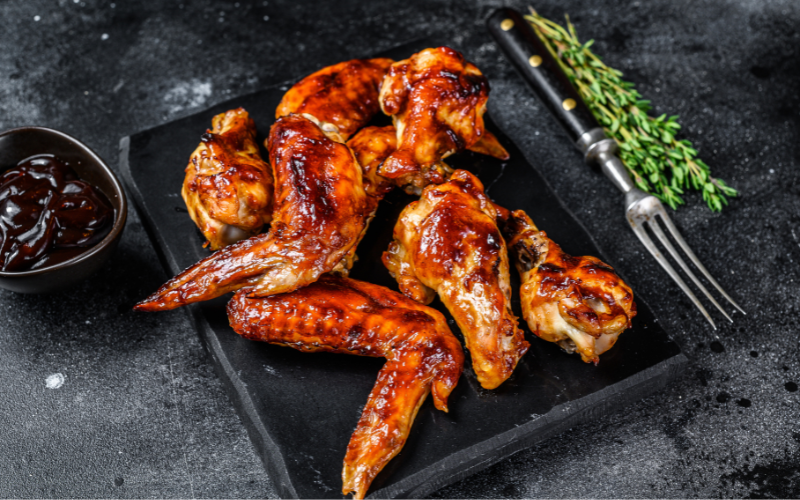
Hot sauce is also a common ingredient in Southern breakfast dishes, such as eggs, grits, and biscuits and gravy. A few drops of hot sauce can add a burst of flavour to these dishes and can also help to cut through the richness of the butter and cream typically used in Southern breakfasts.
In addition to its culinary role, hot sauce has also become a cultural symbol in the South. Many hot sauce brands are based in the region and have become part of Southern identity. The iconic bottle of Tabasco sauce, for example, is a staple in many Southern households, and its Louisiana origins have become a source of pride for many residents of the state. The role of hot sauce in Southern cuisine and culture is a testament to its versatility and enduring popularity.
The Fruity Flavours of Caribbean Hot Sauces
Caribbean hot sauces have a reputation for their unique and delicious fruity flavours. They provide a sweet and tangy twist to the spicy heat. These hot sauces use a range of tropical fruits that grow abundantly in the region. Popular fruits include mango, pineapple, papaya, and passionfruit, among others.
One of the Caribbean’s most sought-after hot sauces is Scotch Bonnet pepper sauce, a staple ingredient in the region’s cuisine. Producers often blend this hot sauce with fruit, to add a sweet and tangy flavour to the pepper’s spicy heat. This combination of sweet and spicy flavours makes it a perfect complement to a variety of Caribbean dishes, such as jerk chicken and rice and peas.
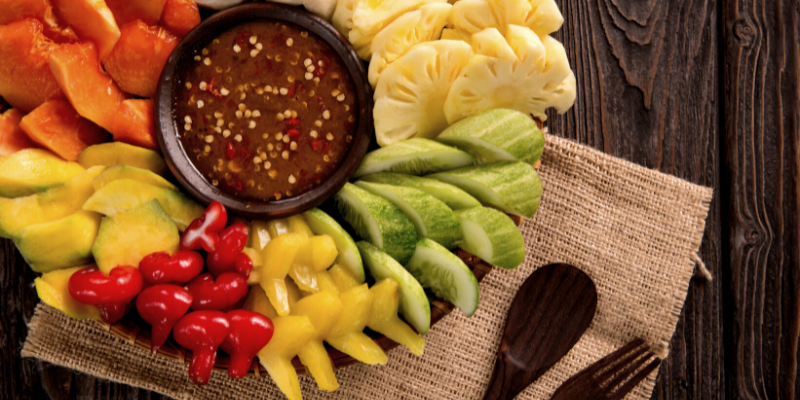
Another popular Caribbean hot sauce is Bajan pepper sauce. It’s made by using Scotch Bonnet peppers, mustard, vinegar, and a variety of fruits, such as mango, tamarind, and pineapple. This hot sauce is a popular choice, known for its tangy and spicy flavour profile that complements seafood dishes perfectly.
Caribbean hot sauces have become increasingly popular in recent years, as more people discover the delicious flavours that these sauces offer. If you’re a fan of hot sauce and looking to add some tropical flavour to your meals, Caribbean hot sauces are definitely worth trying.
The Rich and Smoky Flavours of Mexican Hot Sauces
The rich and smoky flavours of Mexican hot sauces come from the use of traditional ingredients and cooking methods. Chipotle hot sauce is particularly popular. To make chipotle sauce, jalapeño peppers are smoked over wood until they dry. This gives them a deep, smoky flavour. They are then mixed with vinegar and various spices, creating a tangy and spicy condiment perfect for adding flavour to tacos, enchiladas, and other Mexican dishes.
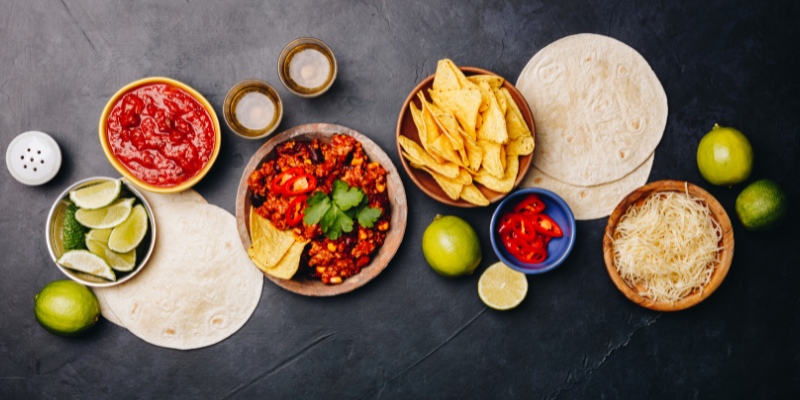
Mexican hot sauce enthusiasts also use roasted tomatoes, garlic, and a variety of chili peppers to make another popular sauce, salsa roja. Roasting the tomatoes brings out their smoky flavour, while the chili peppers add the heat. Salsa roja is often used as a condiment for tacos, as well as with tortilla chips.
As more people discover the delicious flavours of Mexican hot sauces, they have become increasingly popular worldwide. These sauces complement a variety of dishes, from Mexican cuisine to grilled meats and vegetables.
RJ’s Peppers: Crafting High-Quality Hot Sauces
At RJ’s Peppers, we are proud to be part of the hot sauce tradition. We use the highest quality ingredients, including fresh peppers, to create hot sauces that are bursting with flavour. Our sauces range from mild to super hot, so there’s something for everyone.
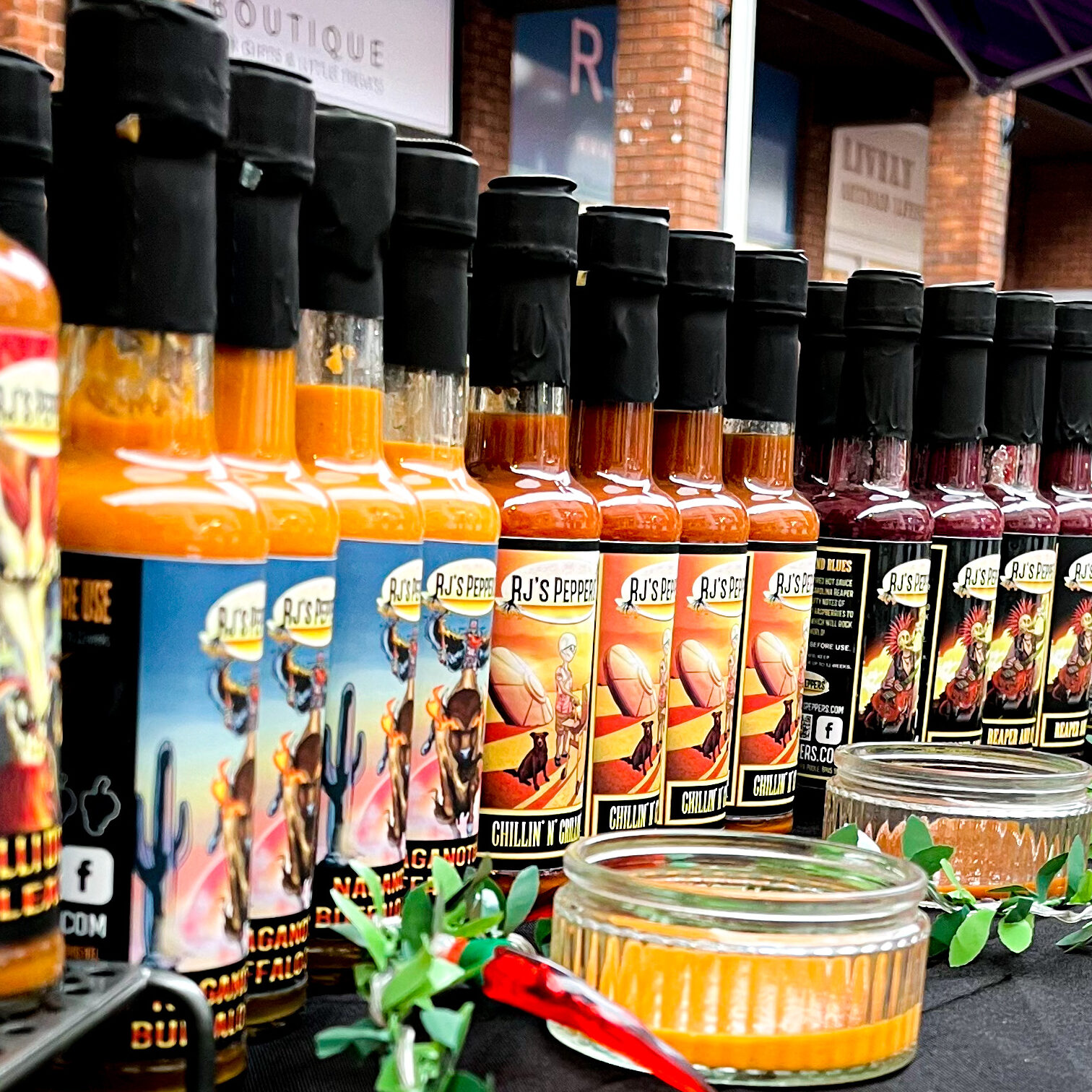
Whether you’re a hot sauce connoisseur or a newbie looking to spice up your meals, RJ’s Peppers has the perfect sauce for you. From sweet and fruity Kahula’s Hot Sauce to creamy Naganother Buffalo Sauce, we’ve got it all. Explore our selection of high-quality hot sauces today!

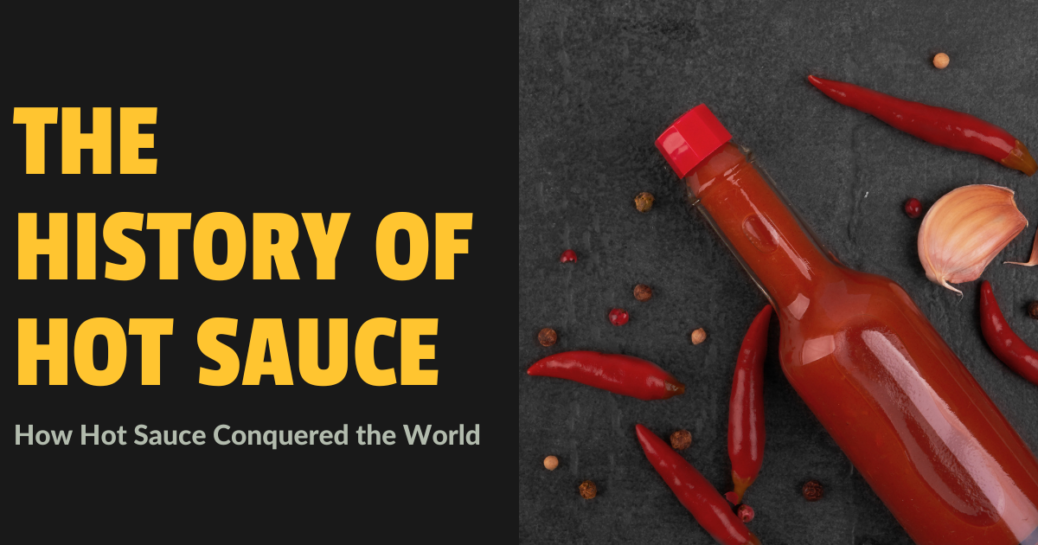
Recent Comments